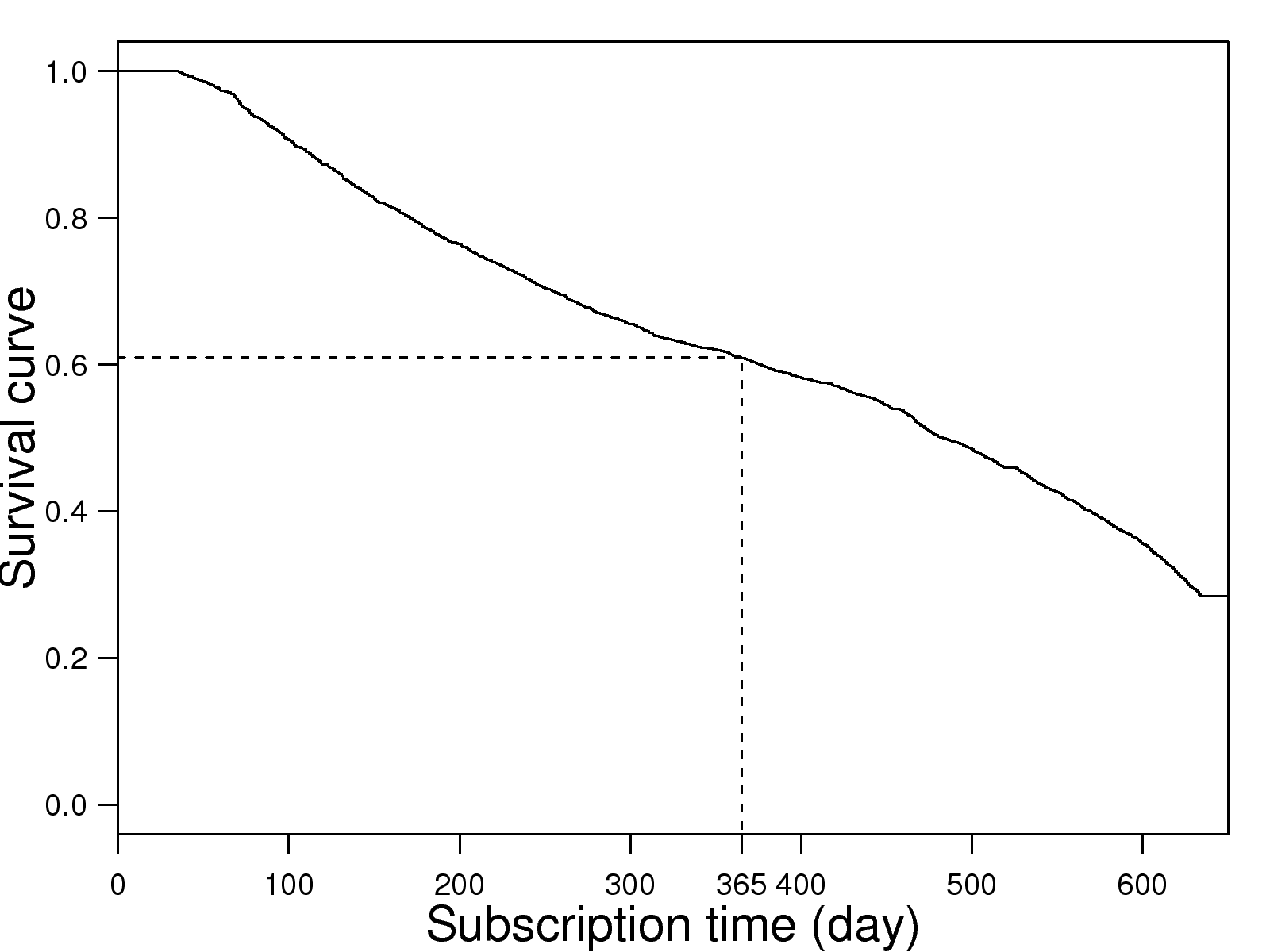[1]
Blizzard Entertainment Inc.
World of Warcraft.
http://www.worldofwarcraft.com/.
[2]
Blizzard Entertainment Inc.
World of Warcraft Reaches New Milestone: 10 Million Subscribers.
2008.
http://blizzard.co.uk/press/080122.shtml.
[3]
Z. Cai.
Estimating A Distribution Function for Censored Time Series Data.
J. Multivar. Anal., 78(2):299-318, 2001.
[4]
C. Chambers, W. chang Feng, S. Sahu, and D. Saha.
Measurement-based Characterization of A Collection of Online Games.
In
IMC'05: Proceedings of the 5th Conference on Internet
Measurement 2005, pages 1-14, 2005.
[5]
W. chang Feng, D. Brandt, and D. Saha.
A Long-term Study of A Popular MMORPG.
In
NetGames '07: Proceedings of the 6th ACM SIGCOMM Workshop on
Network and System Support for Games, pages 19-24, 2007.
[6]
Z. Z. Eric Wan, Xin Xu.
2006 Online Game Report.
In
Pacific Epoch Red Innovation Report Series, 2006.
[7]
T. Henderson and S. Bhatti.
Modelling User Behaviour in Networked Games.
In
MULTIMEDIA '01: Proceedings of the Ninth ACM International
Conference on Multimedia, pages 212-220, 2001.
[8]
V. H. hua Chen and H. B.-L. Duh.
Understanding Social Interaction in World of Warcraft.
In
ACE '07: Proceedings of the International Conference on
Advances in Computer Entertainment Technology, pages 21-24, 2007.
[9]
J. Kim, J. Choi, D. Chang, T. Kwon, Y. Choi, and E. Yuk.
Traffic Characteristics of A Massively Multi-player Online Role
Playing Game.
In
NetGames '05: Proceedings of 4th ACM SIGCOMM Workshop on
Network and system Support for Games, pages 1-8, 2005.
[10]
M. Kwok and G. Yeung.
Characterization of User Behavior in A Multi-player Online Game.
In
ACE '05: Proceedings of the 2005 ACM SIGCHI International
Conference on Advances in Computer Entertainment Technology, pages 69-74,
2005.
[11]
MMOGChart.com.
Total MMOG Active Subscriptions.
http://www.mmogchart.com/Chart4.html.
[12]
B. Nardi.
Collaborative Play in World of Warcraft.
In
LA-WEB '06: Proceedings of the Fourth Latin American Web
Congress, page 3, 2006.
[13]
D. Pittman and C. GauthierDickey.
A Measurement Study of Virtual Populations in Massively Multiplayer
Online Games.
In
NetGames '07: Proceedings of the 6th ACM SIGCOMM Workshop on
Network and System Support for Games, pages 25-30, 2007.
[14]
P. Svoboda, W. Karner, and M. Rupp.
Traffic Analysis and Modeling for World of Warcraft.
In
ICC '07: IEEE International Conference on Communications
2007, pages 1612-1617, June 2007.
[15]
R. Wright.
Expert: 40 Percent of World of Warcraft Players Addicted.
In
tom's GAMES, 2006.
http://www.tomsgames.com/us/2006/08/08/
world_of_warcraft_players_addicted/.
